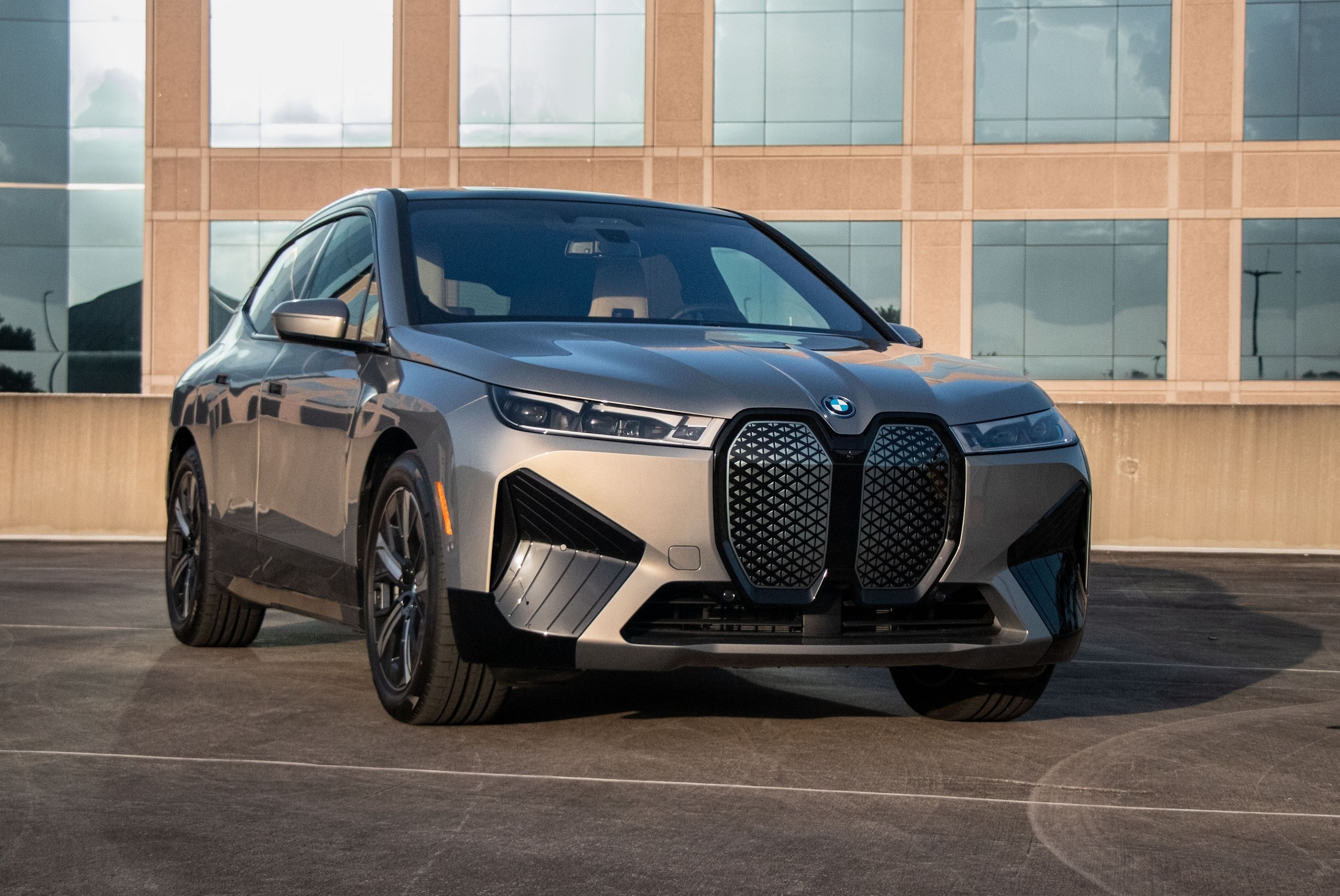
BMW is in a little bit of a hurry. It says that by 2050, it will need a colossal $4 trillion worth of raw materials for battery production for EVs like the iX. So, it's been chipping away at what it calls the "Neue Klasse" of its vehicles for a few years now.
We've previously learned that BMW's Neue Klasse cars (new class, in case you hadn't cracked that one) will be built for both electric and gas applications and that we'll have our first look at Neue Klasse models in 2023.
At BMW's Sustainability Through Innovation conference, the brand recently ran through some of the impressive details that'll make this critical transition to newer, greener cars possible.
The UK's Car has learned that BMW uses a new "pack-to-open-body" manufacturing technique. This allows the brand to make batteries fit any model in its lineup. Imagine using the M3 engine in an i3 but with half the work involved. "Our highly focused pack-to-open-body concept pioneers for instance a truly innovative approach to battery integration and final assembly," said CTO Frank Weber.
BMW also has a way to fit these cells in a very beneficial manner. Car was shown an illustration of a body-in-white about to be equipped with a single full-size undertray filled with energy cells, cooling, and electronics.
This way, BMW has a simple, modular platform that can be fitted to any number of cars. Think of it like a cookie cutter that can shape-shift. Or huge Legos.
BMW has some new batteries too. The battery tray of the Neue Klasse models will be filled with new bottom-vent cells measuring about 1.8 inches in diameter. The height of each cell will vary depending on its application. For example, the cell in an iX may measure 4.7 inches tall, while one in a 3 Series may be around 4.7 inches tall.
On top of that, Car reports that the batteries will all have different compositions to emphasize traits like power, range, cost, or lower degradation. To skip all the jargon, BMW says that the new units are 20% denser, 30% more efficient in their packaging, offer 30% more range, and offer 30% faster charging.
"The combination of an 800V system and a high-performance charger increases the range every minute by 30 miles to a maximum of 375 miles," said Weber. The brand has also said that a prototype solid-state battery will be shown off in 2025.
Evidently, that level of customization means BMW can make just about any kind of electric car it wants, with however much power, range, and efficiency it wants baked in quickly, efficiently, and sustainably. BMW told Car that the new EV matrix will fit up to four motors, but the new platform DNA is so flexible it can fit the entire range- from the 1'er all the way up to the giant X7 SUV.
Most cars should be rear- or all-wheel drive, with up to two current-excited synchronous SSM motors at the rear wheels. M cars will likely utilize an all-wheel quad-motor layout. On top of that, new tires should cut rolling resistance by up to 7%, and the chassis will be at least 25% more efficient aerodynamically.
As for looks, BMW didn't really have much to say that we haven't already heard. Though its CTO did tell Car that "All I can say right now is that appearance-wise, the Neue Klasse cars will be breakthrough efforts which leave no stone unturned."
